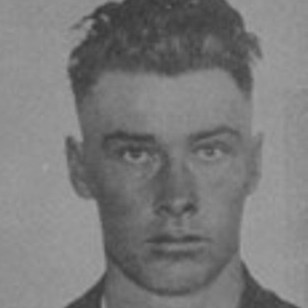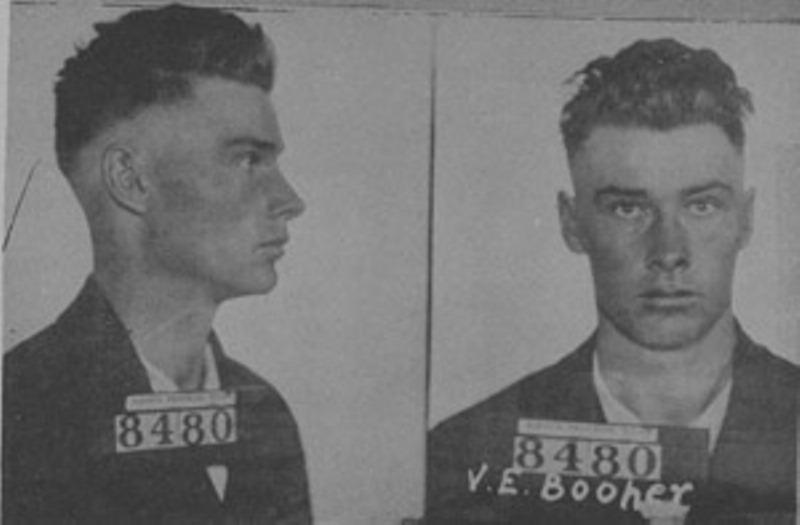
d: 1929
Vernon Elwood Booher
Summary
Name:
Years Active:
1928Status:
ExecutedClass:
Mass MurdererVictims:
4Method:
ShootingDeath:
April 24, 1929Nationality:
Canada
d: 1929
Vernon Elwood Booher
Summary: Mass Murderer
Name:
Vernon Elwood BooherStatus:
ExecutedVictims:
4Method:
ShootingNationality:
CanadaDeath:
April 24, 1929Years Active:
1928bio
Vernon Elwood Booher was born in 1907 in Mannville, Alberta, Canada, and lived with his family on a rural farm. By 1928, Vernon’s life was marked by growing tensions within the family. Reports described jealousy and resentment towards his brother Fred, who was doing better financially and socially. Vernon’s mother Eunice reportedly disapproved of his romantic relationship, further straining family dynamics. Vernon’s father Henry was away on business the night of the murders, while his younger sisters Dorothy and Algerto were at basketball practice, leaving only Vernon’s mother, brother, and two hired farmhands at home.
murder story
On July 9, 1928, at around 7:30 p.m., Vernon Booher committed a brutal mass murder that shocked the quiet town of Mannville, Alberta. Using a stolen .303 British rifle taken from a neighbor, Booher first shot his mother, Eunice, in the back of the head as she sat preparing dinner in the dining room. Fred Booher, alerted by the gunshot, ran toward the kitchen and was fatally shot through the mouth and back.
Booher then turned on two hired farmhands. Wasyl “Bill” Rozak, a Polish immigrant, was found in the bunkhouse, shot in the chin. Gabriel “Bill” Grombey was located in the barn, killed by a gunshot to the back of the head. Vernon had initially planned to frame Grombey for the murders by disposing of his body and the rifle in a nearby body of water but abandoned this plan due to time constraints.
Three other family members escaped the massacre: Henry Booher (father), and sisters Dorothy and Algerto. Vernon claimed he had been tending cows when the shots rang out and fled to a neighbor to report the crime. However, suspicion quickly fell on him, and he was arrested soon after.
The rifle was found on July 19, 1928, about 235 yards from the farmhouse, discarded while Vernon ran to alert neighbors. During trial proceedings, psychiatrist Adolph Langsner, claiming psychic abilities, publicly identified Vernon as the killer and indicated where the weapon had been hidden. Facing mounting evidence, Vernon confessed on July 22, 1928, admitting he killed his mother due to her disapproval of his girlfriend and murdered the others to silence witnesses.

He was tried for four counts of murder and found guilty, receiving a death sentence. On appeal, Booher secured a retrial with his confession suppressed, but the evidence remained overwhelming, and he was convicted again with no recommendation for mercy.
While incarcerated, Vernon Booher was described as a model prisoner. On April 24, 1929, at Fort Saskatchewan Provincial Gaol, he declined sedatives before execution and chose to be hanged in his personal clothes rather than the standard prison attire. Booher’s last meal was bacon, eggs, toast, and coffee.
At 4:40 a.m., Vernon was hanged and pronounced dead at 4:50 a.m. No family members claimed his remains; he was buried without a marker in the Fort Saskatchewan Gaol Cemetery. The Booher family murders were described as among the most heinous crimes in Western Canada’s history, receiving widespread coverage in major Alberta newspapers.